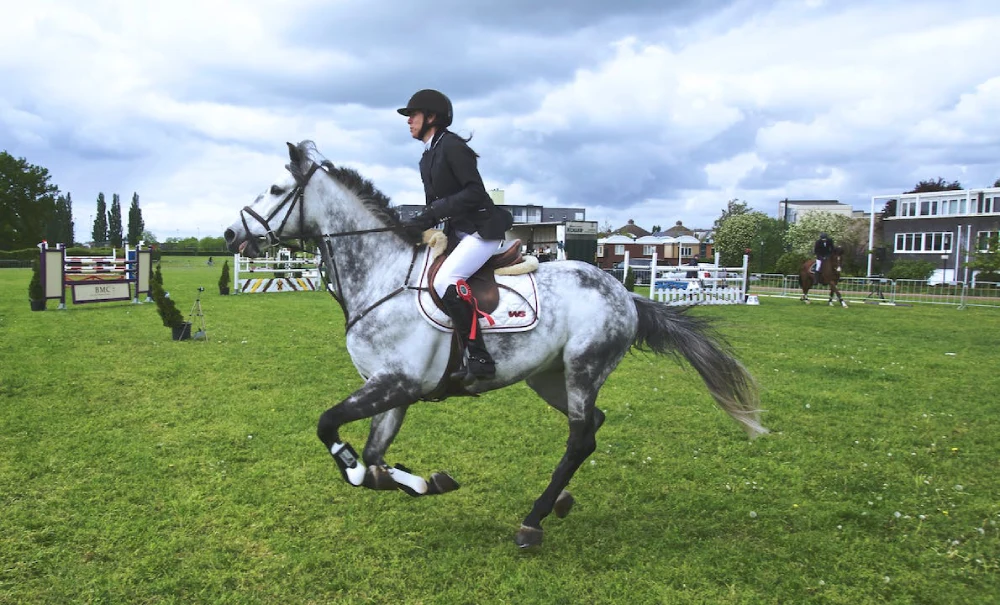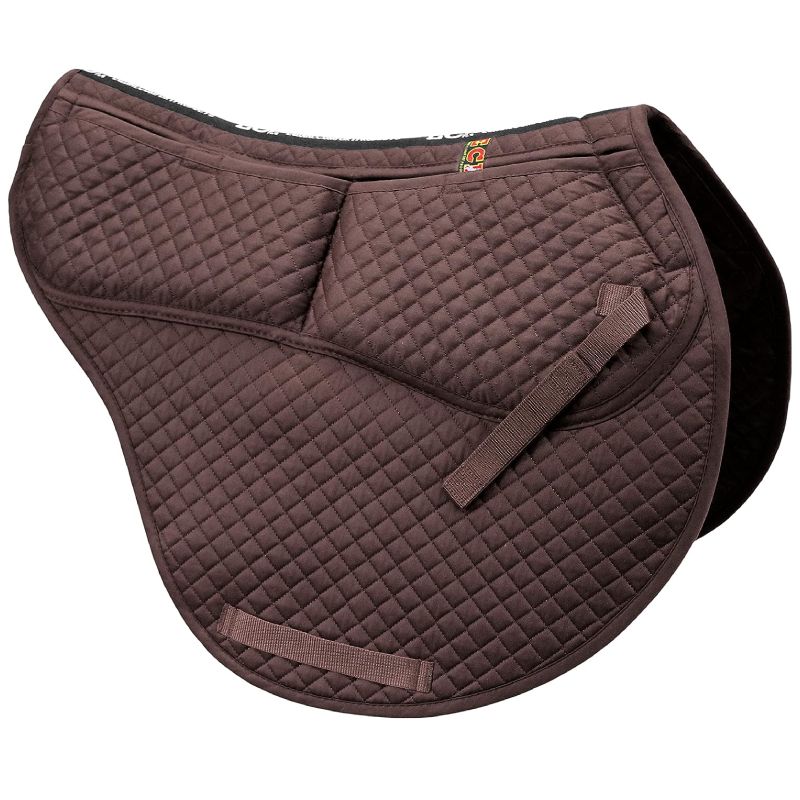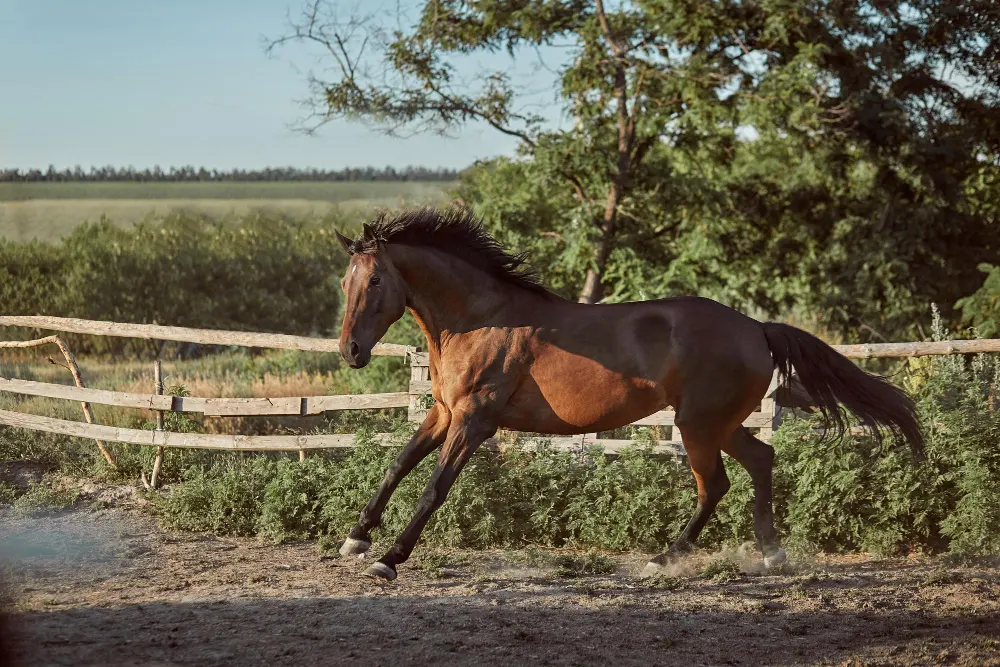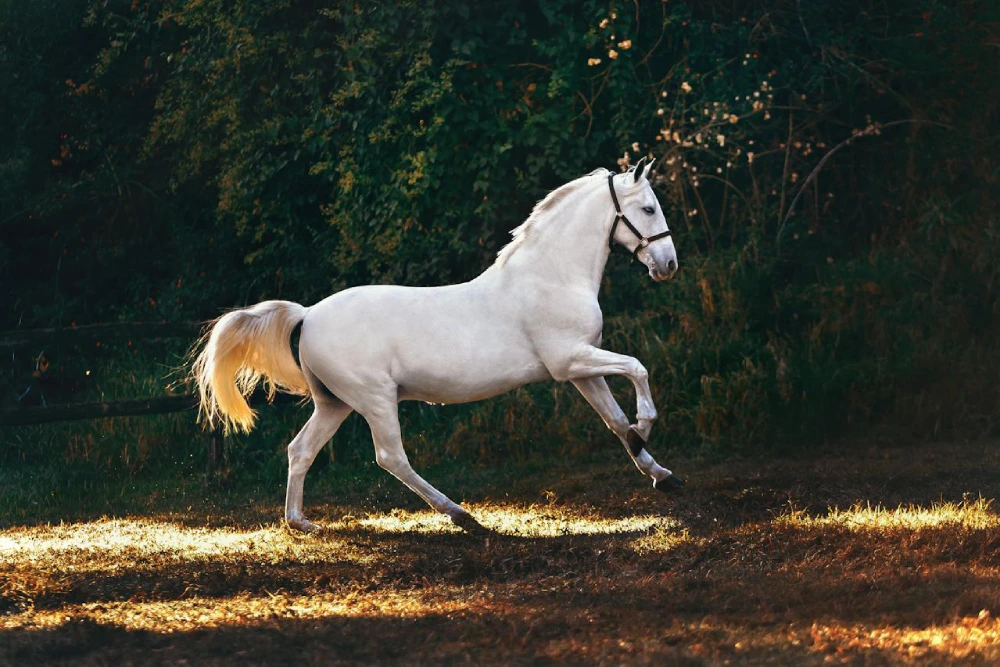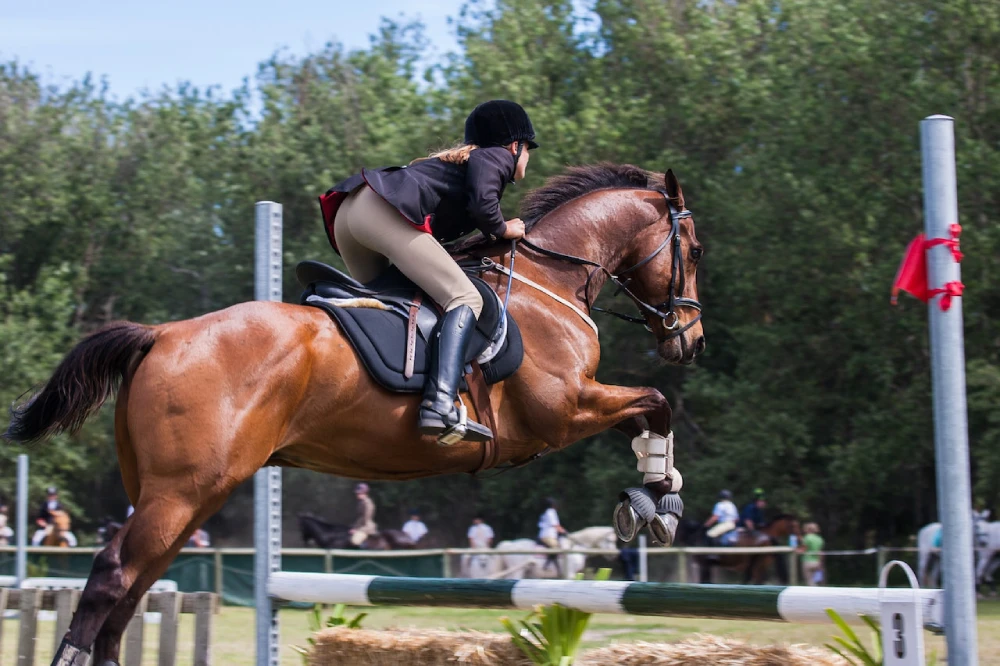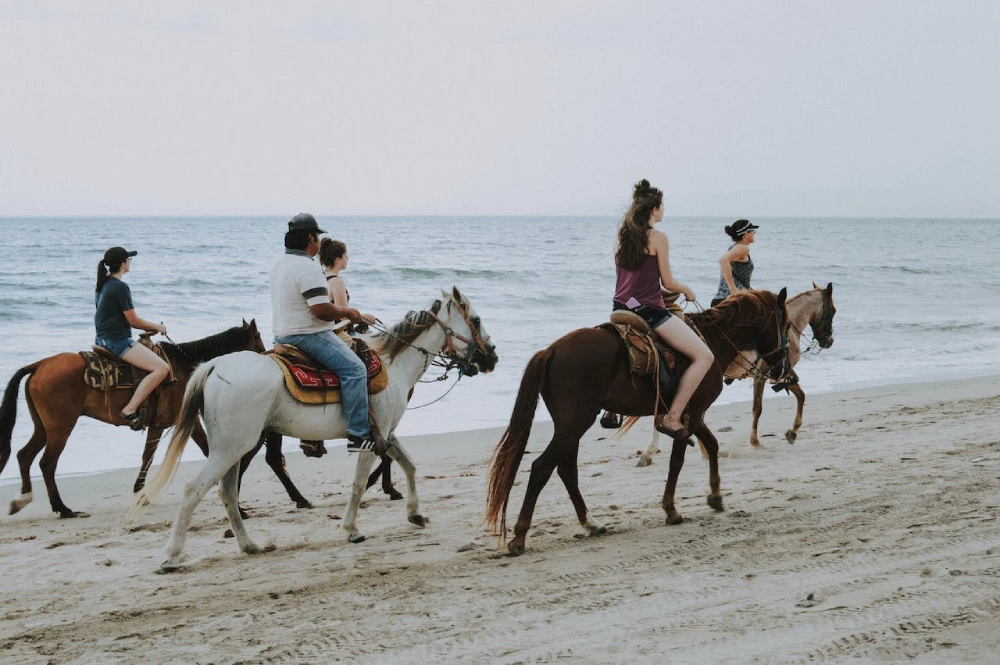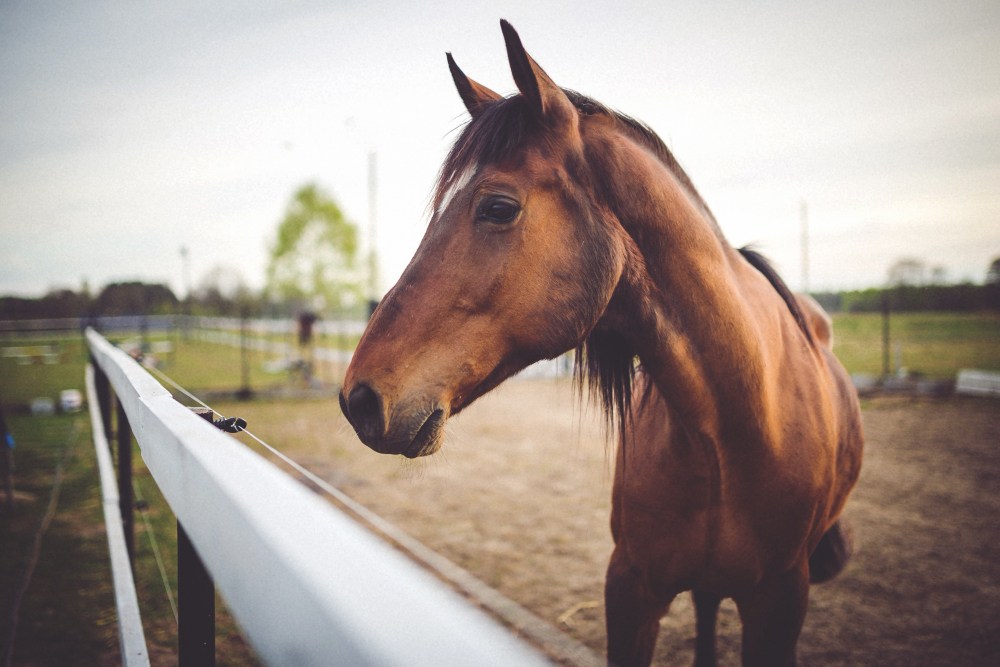The equipment needed for riding a horse will vary significantly depending on the activity and style you choose to ride in. Some people will ride their horses with literally no equipment at all, just pure trust in their equine friend, while others look like they and their horses are prepared for battle. What equipment do you really need, and what are the right choices for you?
Basic Horseback Riding Equipment
Horseback riding equipment is going to come down to your riding style and personal preferences. There’s of course the English versus Western styles, which are arguably the most common, but even within these disciplines comes a multitude of choices and prices. This is just a general overview of the most basic horse riding equipment that is typically utilized across both styles.
Saddle
Arguably the most iconic piece of equipment, the saddle is what a rider sits on when they are mounted on a horse. The English style saddle is much lighter and smaller, allowing the rider to feel the horse move better but comes with significantly less security and stability. The Western style saddle, on the other hand, tends to be much larger and heavier with a horn at the front for tying your rope around or to hold on to when needed.
Believe it or not, the saddle is not entirely necessary to ride a horse, some horses are well trained enough that you can be safe without one. However, riding with a saddle is much more comfortable and arguably safer, regardless of your experience level. With that said, your saddle choice is going to entirely depend on the riding style you choose
to go with. It’s not considered safe at all to compete in English competitions in a Western style saddle, or even vice versa. If you’re just out for a leisurely ride, though, you can take your pick.
Saddle Pad
The saddle pad goes directly beneath the saddle and is the barrier between the saddle and the horse. Horses are unfortunately rather prone to back problems, and the right saddle pad can truly make the difference between an early retirement and still being ridden when they’re pushing thirty. Just like the saddle, the English style pads tend to be pretty thin and light, but still provide plenty of cushioning and support to protect the horse. The Western style pads are quite thick most of the time due to the heaviness of the saddle, but they aren’t necessarily heavy on their own, just well padded.
Some saddle pads can be colorful with cool designs, but the most important aspect is choosing the right saddle pad for your horse. You should never put a saddle on a horse without the barrier of the saddle pad to protect them, and you should always ensure a proper fit for optimal comfort. There are hundreds of options out there when it comes to material, including neoprene, orthopedic, cotton, silicone, and more. If you’re ever unsure of what kind of pad you need, don’t hesitate to consult with an expert, your horse’s well being depends on it.
Bridle
Bridles also have quite a few variables, but this mostly depends on the horse rather than the style. Why there may be some differences in preferences or competition standards, the bridle is mostly about what gives the rider the best control combined with what is most comfortable to that specific horse. Bridles can vary in style and look, some might have a band across the forehead or only go around one ear, but these are mostly stylistic choices that can normally be up to your discretion.
The most important aspect of the bridle is the bit. The bit is the metal rod that goes in the horse’s mouth, and there are hundreds of choices to choose from. It can be difficult to determine what bit is best for your horse, when a horse first gets trained there are often a variety of bits tested to see which one the horse seems to work with best. The activity you’re performing can influence which bits are taken into consideration, but there truly is no right answer, it just comes down to whatever works best for the horse.
Attire

When it comes to horseback riding attire, there are some drastic differences between the different riding styles. In competition, you can typically find Western riders in boot cut jeans, a button down, long sleeve Western shirt, thick “cowboy” style boots, and a
Western style cowboy hat. Some riders, depending on their preferences, may opt to wear chaps as well, which are leg coverings made out of leather that typically attach to their belts. This is just for added protection and is not typically necessary if you don’t prefer them.
On the other hand, English riding attire looks vastly different. They typically wear an English style riding helmet with a chin strap, a sleek, button down coat or long sleeve plain colored shirt, Breeches which are a special type of riding pants used in English culture, and English style riding boots that commonly come up to the knee. Some English riders may wear polos or vests in place of button down coats, but typically all English attire is in more neutral colors.
Conclusion
There truly is no right or wrong answer when it comes to horse riding equipment, it mostly comes down to your riding style. But don’t take it too lightly either, you and your horse want to be safe no matter which style you choose, even just for the day. You can easily irritate your skin if your pants aren’t long or thick enough to protect you against the saddle, and you don’t even want to know the pain of a horse stepping on your toe when you aren’t wearing the proper shoes. When it comes to riding equipment, you have to choose what’s best for you and your horse, and what will protect you both so you can keep riding for years to come.
